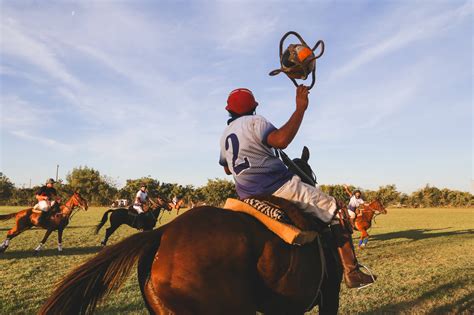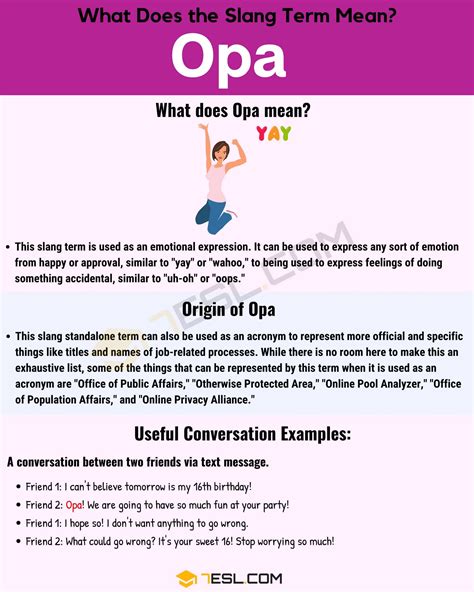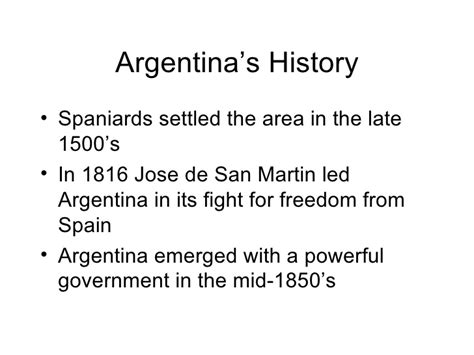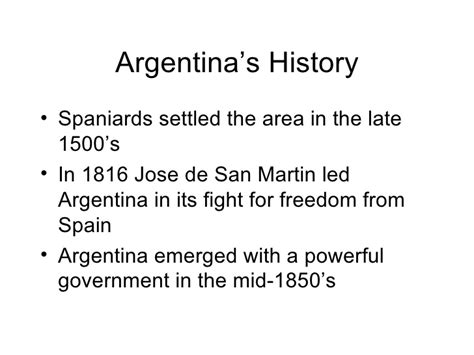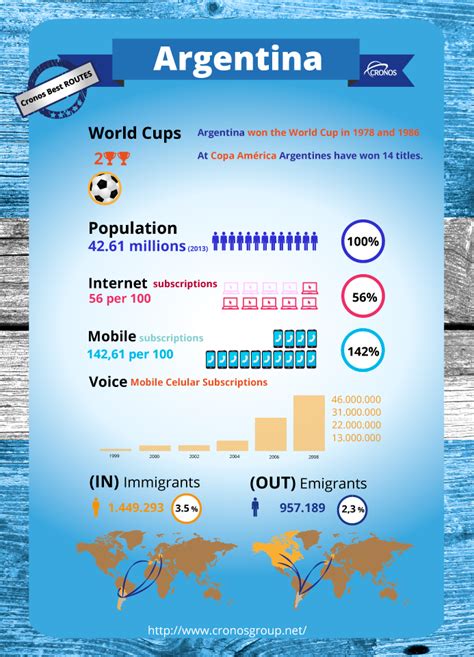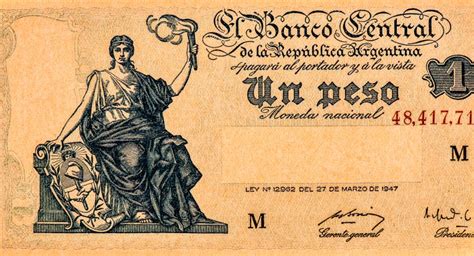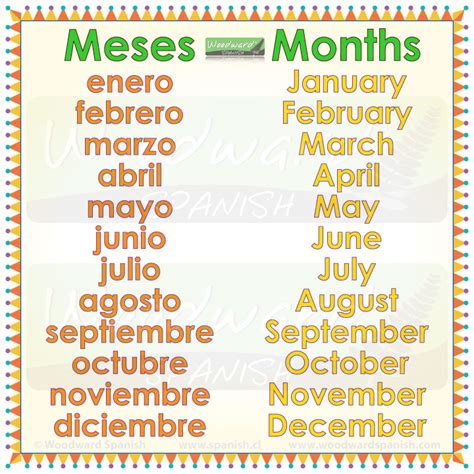
It is possible to learn Spanish in 3 months, but it is true that to fully master the language to a native level, you will need more time. An intensive Spanish course covering all levels (from A1 to C2) consists of 62 weeks (about 15 months in total).
How many months does it take to learn Spanish fluently?
If you start out as a beginner and manage to spend an average of 1 hour per day working on your Spanish, you should be able to reach conversational fluency within 8 – 12 months. That translates to about 250 – 350 hours spent. But remember that consistency is key here.
Is it possible to learn a language in 3 months?
To understand 95% of a language and become conversational fluent may require 3 months of applied learning; to reach the 98% threshold could require 10 years. There is a point of diminishing returns where, for most people, it makes more sense to acquire more languages (or other skills) vs.
How long will it take the average person to learn Spanish?
According to an FSI study, i.e. the Foreign Service Institute, it should take a new learner approximately 600 classroom hours to achieve conversational fluency in Spanish. They also suggest an approximate 1:1 ratio between the time spent independently studying Spanish and the time spent in a classroom.
How much Spanish can I learn in 3 months?
Three months was more than enough time to master the components for basic conversational fluency: the language ability necessary to hold conversations, ask questions to strangers, understand and be understood. But it was far too little time to learn all the nuances that truly distinguish advanced speakers.
How much Spanish can I learn in 90 days?
Start memorizing 30 words and phrases per day Because in 90 days, you'll have learned 80% of the language. Knowing 80% of the occurrences is sufficient enough to reach conversation fluency, with the ability to have a fluid conversation with any native speaker you encounter.
How many hours is B1 Spanish?
The B1 level is where you actually start being conversational in Spanish. This and the next level are going to take the longest to complete because they include the whole “meat” of your language-learning journey. Starting from the A2 level, you'll need approximately 150-180 study hours to reach B1.
Can Duolingo make you fluent?
We see this question a lot and the answer is: yes. Duolingo is a free language-learning platform, and every language and lesson is totally free!
Is 25 too late to learn a language?
Many people believe that you lose the ability to learn new languages as you get older. Language experts, however, will tell you that you're never too old to learn a new language. As you get older, it can be more difficult to learn a new language, though. Children and adults learn new languages in different ways.
Is 30 too old to learn a language?
No matter how old you are, you're never too old to learn a new language. However, because your brain's ability to adapt and change decreases over time, you'll probably have to practice more.
How long to learn French?
How long does it take to learn French? According to the Foreign Service Institute (FSI), French is a category 1 language. This means learning French takes 23 – 24 weeks (575 – 600 hours) for most English speakers. This makes French one of the easiest (and fastest) languages to learn.
How long does it take to get B2 in Spanish?
You can express small nuances of complex situations. To reach level B2 you need between 940 and 1025 hours of class. If you have a C1 level, you only need to add 160-175 hours.
What is B1 Spanish level?
Also known as 'Intermediate' or 'Threshold', Level B1 marks the point at which a person's language skills move beyond basic usage. A Spanish speaker at Level B1 should find themselves able to cope with the most common situations they are likely to encounter when travelling around a Spanish-speaking country or region.
What is the shortest time to learn Spanish?
Summary: According to FSI, if you spend 3 hours per day learning Spanish, you'll achieve fluency in around six months. Reduce your Spanish time to one hour a day and, according to FSI, it will take about 1.5 years to learn. As you can see, Spanish is one of the most accessible languages for English speakers.
How can I become fluent in Spanish in a few months?
Practice every day, keep adding new phrases and words to your vocabulary, read a lot of content in Spanish, listen to spoken Spanish, keep a positive attitude and soon, you would surely become fluent in Spanish.
Can I be fluent in Spanish in 2 months?
Starting from the A2 level, you'll need approximately 150-180 study hours to reach B1. If you're following an intensive path, this amount of hours can easily be done in three months. At a normal pace (one hour of Spanish every day), six months should be enough.
Is it hard to learn Spanish at 30?
No matter how old you are, you're never too old to learn a new language. However, because your brain's ability to adapt and change decreases over time, you'll probably have to practice more.
Can you learn Spanish in 2 months?
You can learn every conjugation of most of the common verbs within a few weeks — this normally takes months if not years to do in school. You can language hack all you want, but there will come a time when you have to memorize verbs and commonly used words. Fortunately, there's an efficient way to do that too.
How many hours a day should I study Spanish?
The more time you dedicate to studying and practicing Spanish each day, the faster you will get through those learning hours. If you're wondering how much time I think you should spend learning Spanish, I suggest you set aside at least 60-90 minutes each day for dedicated Spanish learning.
Can I be fluent in Spanish in 5 months?
If you start out as a beginner and spend an average of 1 hour per day working on your Spanish, you should able to reach conversational fluency within 8 – 12 months. That translates to roughly 250 – 350 hours of time spent.
Can I learn Spanish at 40?
But research shows that learning a second language offers proven benefits for intelligence, memory, and concentration, plus lowered risks of dementia and Alzheimer's. So what if you are over 40 and want to learn a second language? The good news is, it can be done.
Is 50 too old to learn Spanish?
Though learning a language at any age has been found to stimulate the brain, it's not easy to master a second language when you're older. But it's not impossible, says Joshua Hartshorne, a researcher and director of the Language Learning Laboratory at Boston College.
Is B2 Spanish fluent?
Reaching B2 is generally considered by most people as having basic fluency. You'll have a working vocabulary of around 4000 words. It's not always effortless and it's not always perfect, but neither you nor your native speaking partners are having a really hard time in most circumstances at this point.
Is B1 fluent?
Level B1 corresponds to independent users of the language, i.e. those who have the necessary fluency to communicate without effort with native speakers.
Can Duolingo get you to B2?
At Duolingo, we're developing our courses to get you to a level called B2, at which you can get a job in the language you're studying. Reaching that kind of proficiency requires dedication, varied practice opportunities, and a lot of time.
Can Duolingo get you to C1?
Duolingo is great for beginning your learning, and keeping up with a foreign language, but it will only get you to approximately A2, if even that. You need other resources than just Duolingo. If you truly want to reach C1, join a German class. Duolingo focuses almost entirely on written language.

